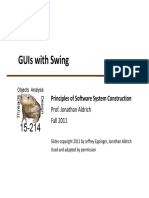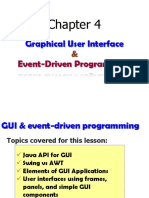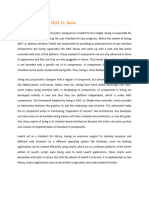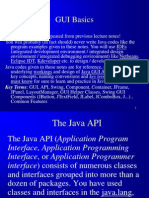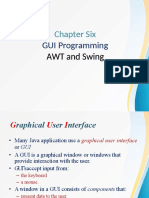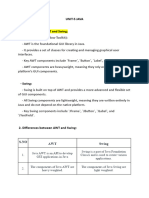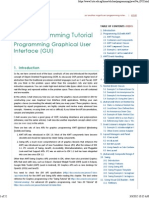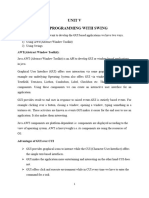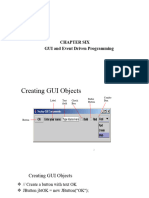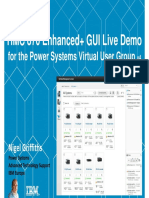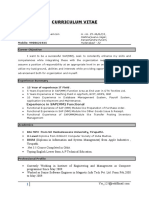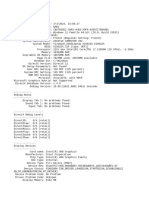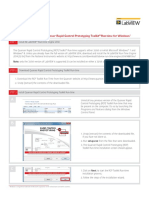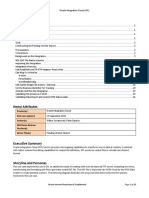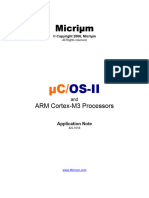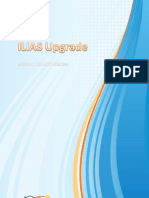0% found this document useful (0 votes)
18 views2 pagesUnit-3 Java Summary
Unit 3 covers the fundamentals of building GUI applications using AWT, Swing, and JavaFX. It discusses key components, layout management, event handling, and the differences between Swing and JavaFX, highlighting JavaFX's modern features like CSS styling and animation support. The document also outlines the types of applets and various GUI controls essential for creating interactive user interfaces.
Uploaded by
binodkhanal300Copyright
© © All Rights Reserved
We take content rights seriously. If you suspect this is your content, claim it here.
Available Formats
Download as TXT, PDF, TXT or read online on Scribd
0% found this document useful (0 votes)
18 views2 pagesUnit-3 Java Summary
Unit 3 covers the fundamentals of building GUI applications using AWT, Swing, and JavaFX. It discusses key components, layout management, event handling, and the differences between Swing and JavaFX, highlighting JavaFX's modern features like CSS styling and animation support. The document also outlines the types of applets and various GUI controls essential for creating interactive user interfaces.
Uploaded by
binodkhanal300Copyright
© © All Rights Reserved
We take content rights seriously. If you suspect this is your content, claim it here.
Available Formats
Download as TXT, PDF, TXT or read online on Scribd
/ 2

